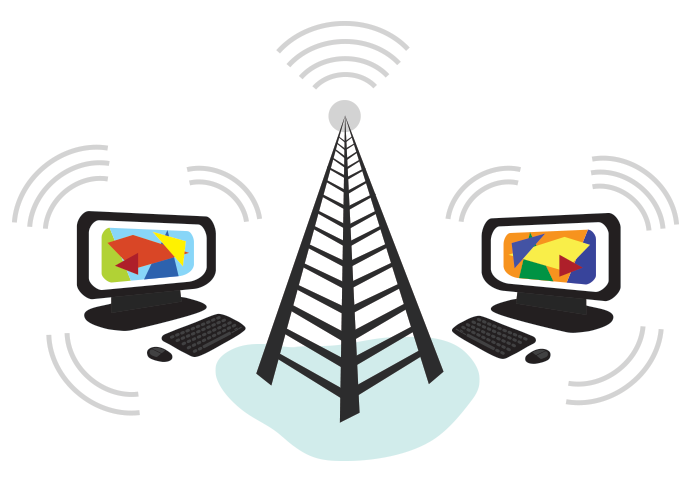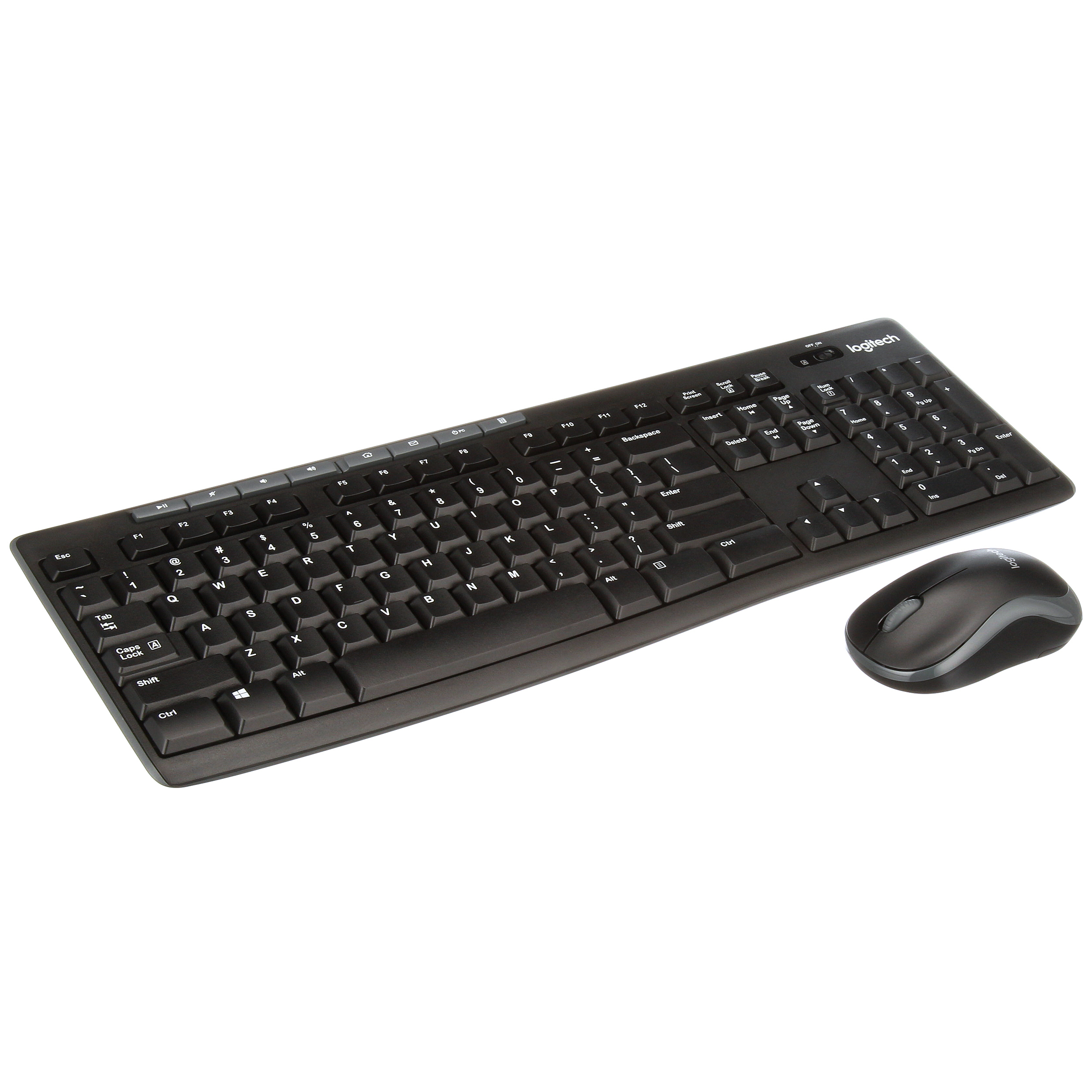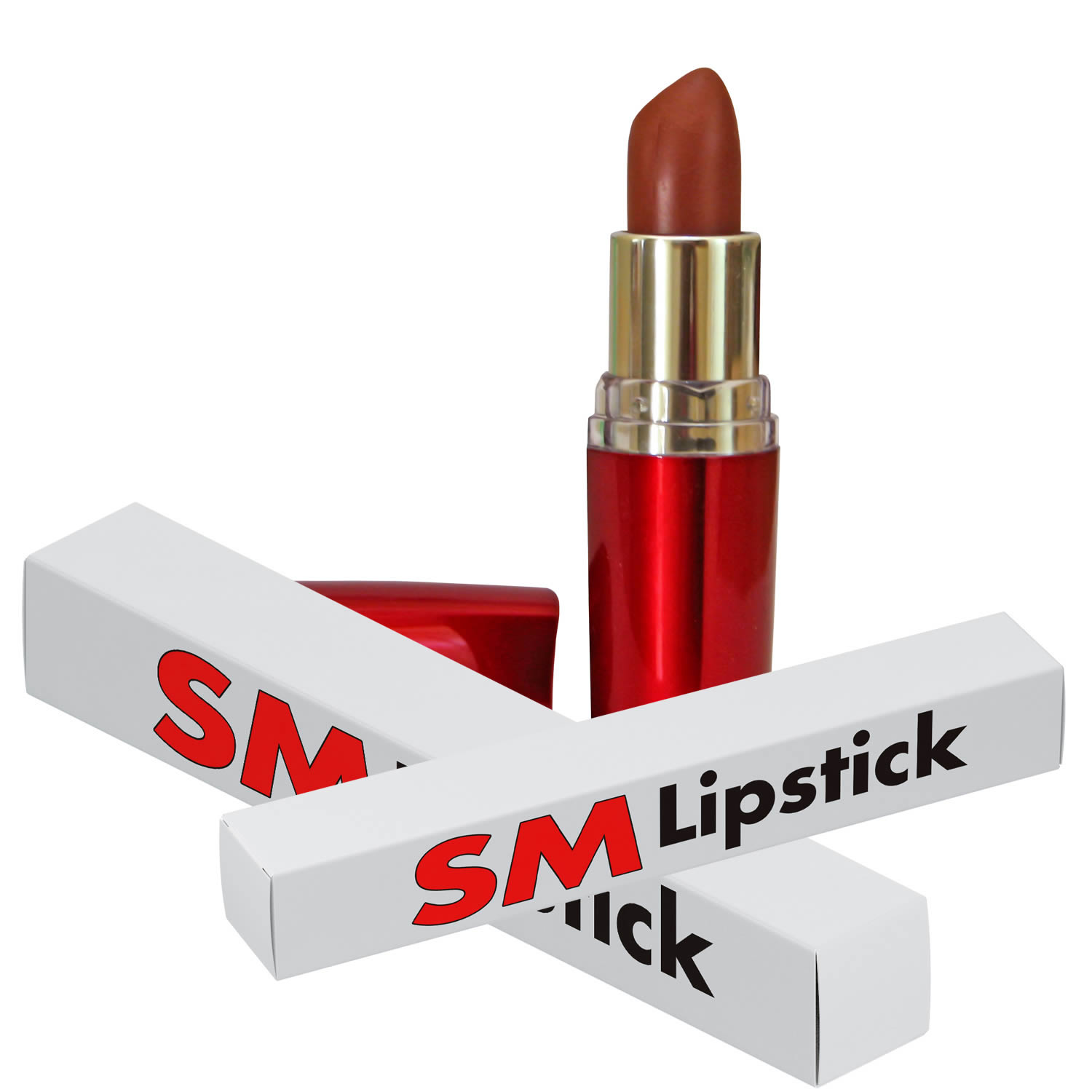Summer is right around the corner, which means it’s time to start thinking about your warm-weather wardrobe.
One trend that has gained high popularity recently is printed apparel. Whether it’s a graphic tee, a custom tank top, or a patterned sundress, printed apparel can add a pop of color and personality to your summer outfits.
But have you ever wondered how these designs are created? That’s where printed apparel technology comes in.
In this blog post, we’ll take a closer look at the different types of printed apparel technology and why understanding them is essential for any fashionista looking to stay on-trend this summer.
Heat Transfer Printing
A popular way of creating printed designs on apparel is through heat transfer printing, which utilizes heat and pressure to transfer a design from one material to another.
To begin the heat transfer printing process, a digital printer is used to print the desired design onto a specific transfer paper. Subsequently, the transfer paper is positioned on top of the fabric with the design facing downward, and a heat press machine is employed to apply heat. The heat and pressure cause the ink on the paper to transfer onto the fabric, creating a vibrant and long-lasting design.
Heat transfer printing allows for highly detailed designs and vibrant colors. The digital printing process produces a high-resolution image that can capture even the most intricate details of a design. And because the ink is transferred directly onto the fabric, the colors are more vibrant and long-lasting compared to other printing methods.
The heat transfer paper market has been on the rise, with a market value of $580.6 million in 2022 and an expected compound annual growth rate (CAGR) of 4.2% in the forecast period of 2022-2032, resulting in a projected market value of $871.6 million by 2031, according to Future Market Insights. The increasing demand for heat transfer paper is largely attributed to the rise of automation and customization in the market.
These advancements in technology have made it easier for manufacturers to create custom designs using heat transfer printing, such as logos, slogans, and other unique designs. Heat transfer printing allows businesses to quickly and easily create custom designs, making it an attractive option for those looking to offer personalized products.
Sublimation Printing
Sublimation printing is a widely used technique for producing personalized designs on clothing. Unlike other printing processes, sublimation printing employs a distinct ink that transforms into a gaseous state when heated to transfer the design onto the fabric.
A benefit of sublimation printing is that it can create designs that are highly detailed and vibrate in appearance. The sublimation ink penetrates the fabric, resulting in a design that is embedded within the fibers of the fabric rather than sitting on top of it like other printing methods.
Sublimation printing also offers the advantage of being adaptable and flexible in its use. It can be used on a variety of fabrics, including polyester and polyester blends, which are commonly used in athletic wear and other summer apparel. For this reason, sublimation printing is a commonly preferred option when it comes to producing personalized jerseys, sportswear, and various other types of performance apparel.
The dye sublimated apparel market is on the rise, with a global market size valued at $3.75 billion in 2021 and an expected CAGR of 12.3% from 2022 to 2030. As the sublimation printing market continues to grow, it is vital to choose the right sublimation printer for your business. With abundant options available in the market, it’s always beneficial to find resources that provide robust and reliable solutions.
SignWarehouse is one such resource for businesses looking to get started with sublimation printing or upgrade their current equipment. They offer a wide range of sublimation printers, heat presses, and other printing supplies at competitive prices.
Direct to Garment Printing
Direct-to-garment (DTG) printing is a popular technology for printing apparel, especially during the summer season. DTG printing is a digital process that employs specialized inkjet printers to print an image directly onto fabric. The process is quick and efficient and allows for detailed designs to be printed on fabric without the need for screens or stencils.
DTG printing is becoming increasingly popular due to its benefits. One of the most significant advantages is the ability to print on demand, which means that you can print only the number of garments you need, reducing waste and saving money.
DTG printing enables full-color printing, which means that you can print designs with as many colors as you like without the need for separate screens or plates. In addition, DTG printing provides the capacity to produce prints that are of superior quality, with exceptional detail and clarity. Due to the direct application of ink onto the fabric, the finished product produced has a soft and comfortable texture that will not deteriorate or flake off with time.
DTG printing is an excellent choice for anyone looking to print custom apparel, especially during the summer season. With its many benefits, including the ability to print on demand, full-color printing, and high-quality results, DTG printing is a technology that you need to know about if you’re interested in printing custom apparel for yourself or your business.
Direct-to-garment printing is a thriving market, with a growth rate projected at a CAGR of 8.3% from 2022 to 2032. The market is expected to expand from $822.1 million in 2022 to $1,820.1 million by 2032. This growth is attributed to the many advantages of this type of printing over traditional printing methods, including the ability to print on demand, full-color printing, and high-quality results.
As the demand for customized apparel continues to rise, the direct-to-garment printing market is expected to grow exponentially in the coming years.
Screen Printing
During summer, screen printing is a favored technology for printing apparel. It is a popular method for creating designs on clothing. This printing process involves pushing ink through a stencil or mesh screen onto fabric. The stencils can be made of a variety of materials, including paper, plastic, or metal, and can be used to create intricate designs and patterns on fabric.
Screen printing has been around for over a century and remains a popular choice for printing apparel due to its versatility and cost-effectiveness. This printing method is ideal for printing large quantities of garments, as it can be done quickly and efficiently. Plus, screen printing is a durable and long-lasting option for printing apparel, with designs that won’t fade or peel over time.
One of the key advantages of screen printing is the ability to use a wide range of inks, including metallic inks, glow-in-the-dark inks, and even scented inks. Screen printing also allows for vibrant and bold colors to be printed on fabric, making it a great option for printing eye-catching designs.
Screen printing is an excellent choice for printing custom apparel, especially during the summer season. With its versatility, durability, and cost-effectiveness, screen printing is a technology that you need to know about if you’re interested in printing custom apparel for yourself or your business.
Screen printing is a significant contributor to the US Custom Screen Printing industry, which is expected to reach a revenue size of $9.3 billion in 2023, according to IBISWorld.
This is a testament to the enduring popularity of screen printing in the apparel industry, particularly during the summer season. The screen printing process is cost-effective, efficient, and versatile, making it a popular choice for custom apparel printing in the US and beyond.
As such, the screen printing industry is expected to continue to grow in the coming years, providing opportunities for both small and large businesses alike.
In Conclusion
As summer approaches, every fashionista should know the latest technologies behind printed apparel. By understanding the benefits and capabilities of these printing technologies, anyone interested in custom apparel can achieve high-quality results that will stand the test of time.
As the demand for customized apparel continues to grow, these technologies will undoubtedly continue to play a significant role in shaping the future of the apparel industry.
So, whether you’re printing for personal use or for your business, you should stay up-to-date with the latest printing technologies to create stunning, customized apparel that is perfect for the summer season.













